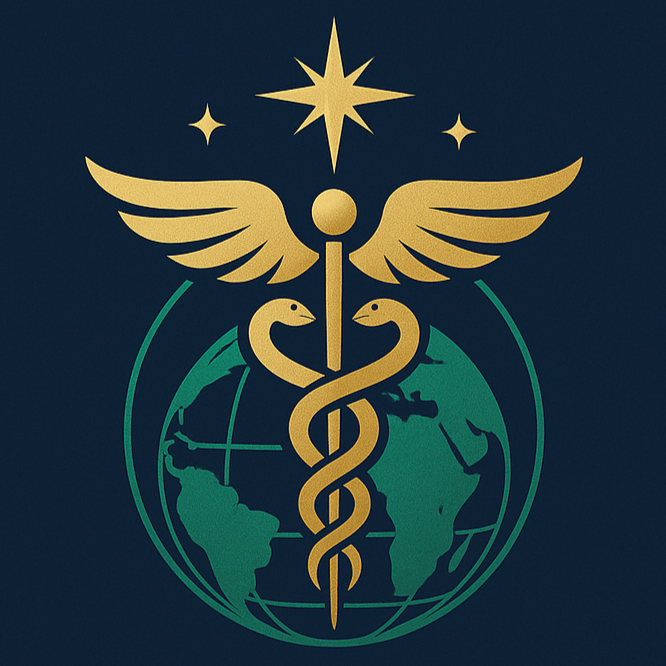mTESE + ICSI 顯微睪丸取精手術 + 單一精子顯微注射
The Most Challenging Aspect of Male Infertility: Azoospermia
Azoospermia is the most challenging condition in male infertility. For these patients, our fertility specialists, urologists, and embryologists provide the highest standard of care in Taiwan. At TVGH hospital, the cumulative live birth rate for couples affected by azoospermia exceeds 40%. In 2021, they successfully achieved Taiwan's first live birth through round spermatid injection (ROSI).
Overview
Infertility is defined as the inability to conceive after one year of regular, unprotected intercourse. Approximately 1% of men in the general population have no sperm in their semen—a condition known as azoospermia. Azoospermia is further categorized into two types: obstructive and non-obstructive.
-
Obstructive Azoospermia: Refers to physical blockage in the reproductive tract. Despite the obstruction, normal sperm production still occurs in the testes, allowing mature sperm to be easily retrieved from the testis or epididymis.
-
Non-Obstructive Azoospermia: Involves impaired sperm production. In such cases, microdissection testicular sperm extraction (mTESE) is required to retrieve viable sperm for use in in vitro fertilization (IVF) treatment.
Procedure
For couples dealing with azoospermia, egg cryopreservation is typically performed before sperm retrieval. This process includes ovarian stimulation, ultrasound-guided egg retrieval, and vitrification of the eggs.
mTESE is performed by urologists under general anesthesia. Using a surgical microscope, our specialists locate normal-appearing seminiferous tubules within the testis. An innovative on-site touch print smear technique is used to immediately assess the presence of sperm cells. Embryologists then isolate sperm cells from the extracted testicular tissue and perform intracytoplasmic sperm injection (ICSI) to fertilize the eggs. Finally, fertility specialists transfer the resulting embryos into the uterus, and a pregnancy test is conducted approximately two weeks later.
男性不孕症中最具挑戰性的情況是「無精症」。對於這些患者,我們的生殖醫學專家、泌尿科醫師與胚胎學家提供台灣最高標準的醫療服務。在TVGH醫院,無精症夫婦的累積活產率超過 40%。2021 年,成功完成台灣首例圓形精子注射(ROSI)並順利誕生新生兒。
手術概述
不孕症定義為一對伴侶在未避孕情況下持續性行房一年仍未能成功受孕。約有 1% 的男性在精液中無精子(無精症)。無精症又可細分為「阻塞型」與「非阻塞型」。
-
阻塞型無精症:指生殖道存在物理性阻塞,儘管阻塞存在,但睪丸內仍能正常產生精子,因此可以從睪丸或副睪輕易取出成熟精子。
-
非阻塞型無精症:則是精子產生功能受損,必須透過顯微睪丸取精手術(mTESE)來尋找並取出可用的精子,以進行後續試管嬰兒療程(IVF)。
手術流程
針對無精症夫婦,通常會先進行卵子凍存,以備日後取精使用。卵子冷凍流程包含卵巢刺激、超音波導引下取卵、以及卵子玻璃化冷凍保存。
顯微睪丸取精手術(mTESE)由泌尿科醫師在全身麻醉下進行。我們的醫師會使用手術顯微鏡在睪丸中尋找外觀正常的曲細精管,並透過創新的「即時印片技術」進行現場精子細胞評估。之後,胚胎學家會從取出的睪丸組織中挑選精子,並執行單一精子顯微注射(ICSI)將精子注入卵子中。最後由生殖醫學專家將胚胎移植至子宮內,並於約兩週後進行驗孕。
補充說明
進行 mTESE + ICSI 的過程中,需使用四台不同的顯微鏡,以確保每一顆精子都獲得精準照護。
Details of mTEST + ICSI Treatment
🔬 mTESE (Microdissection Testicular Sperm Extraction)
To search for rare, viable sperm in patients with azoospermia due to impaired spermatogenesis.
Surgical Steps:
1. Anesthesia & Preparation:
-
The patient undergoes general anesthesia.
-
The scrotal area is disinfected and prepared.
2. Surgical Incision:
-
A small incision is made in the scrotum to expose the testis.
-
The tunica albuginea is carefully opened to reveal the seminiferous tubules.
3. Microscopic Dissection:
-
Under a surgical microscope (magnified 20–25x), enlarged and healthy-looking seminiferous tubules are identified.
-
An innovative real-time "touch print smear" technique is used to assess the presence of sperm by immediate staining and examination.
4. Tissue Sampling & Processing:
-
Testicular tissue that appears promising is extracted.
-
Embryologists examine the tissue under a microscope to search for and isolate sperm.
-
If no sperm are found, additional samples are taken until no viable tissue remains.
5. Wound Closure:
-
After sperm retrieval, the testis and scrotal incision are sutured.
-
This is typically an outpatient procedure, and the patient may return home the same day.
🧬 ICSI (Intracytoplasmic Sperm Injection)
Purpose:
To inject a single sperm into a mature egg to achieve fertilization.
Procedure Steps:
1. Oocyte Preparation:
-
The female partner undergoes ovarian stimulation, followed by ultrasound-guided egg retrieval.
-
Mature eggs are vitrified (frozen) for future use, if needed.
-
Once sperm are obtained, the eggs are thawed and prepared for fertilization.
2. Sperm Injection:
-
Under a microscope, an embryologist uses a fine glass needle to inject a single sperm directly into each egg.
-
Multiple eggs are typically injected in one session.
3. Observation & Embryo Culture:
-
Fertilization is assessed 16–18 hours post-injection.
-
Successfully fertilized embryos are cultured to day 3 (cleavage stage) or day 5 (blastocyst stage).
4. Embryo Transfer & Pregnancy Testing:
-
One or two embryos are transferred into the uterus.
-
Any remaining embryos may be cryopreserved for future use.
-
A pregnancy test is performed approximately 9–14 days later to confirm implantation.
✅ Who Is Suitable for mTESE + ICSI:
-
Azoospermic men with non-obstructive causes.
-
Men whose testes still contain some active spermatogenic cells, albeit in low numbers.
-
Patients with prior radiation or chemotherapy affecting sperm production.
-
Men who previously failed sperm retrieval but wish to try again.
🔬 mTESE(Microdissection Testicular Sperm Extraction)
針對無精症中精子生成障礙的病患,尋找極少量可能存在的精子。
手術步驟:
麻醉與準備:
-
病人接受全身麻醉。
-
消毒並準備陰囊區域。
-
-
手術切開:
-
在陰囊上做小切口,暴露睪丸。
-
小心切開睪丸白膜,顯露曲細精管。
-
-
顯微鏡下操作:
-
在手術顯微鏡下放大 20~25 倍觀察,辨認較粗大、可能具有生殖功能的曲細精管。
-
使用創新的即時「印片技術」將精管細胞壓片,立即染色檢查是否含有精子。
-
-
取樣與組織處理:
-
取出有希望的睪丸組織,由胚胎學家於顯微鏡下進行精子搜尋與分離。
-
組織若未發現精子,會持續取樣至確認無有效組織為止。
-
-
傷口處理:
- 結束取精後縫合睪丸與陰囊傷口,手術通常無需住院,可當日返家。
🧬 ICSI(Intracytoplasmic Sperm Injection)
將單一精子注射進入成熟卵子中,達成受精。
流程步驟:
卵子準備:
-
女性配偶事前接受排卵誘導、取卵手術,成熟卵子會被冷凍保存(如需)。
-
當成功取得精子後,卵子解凍,準備受精。
-
-
注射操作:
-
胚胎學家在顯微鏡下,使用微型玻璃針將單一精子注入卵子內部。
-
一次操作通常處理多顆卵子。
-
-
觀察與培養:
-
完成注射後,觀察 16~18 小時確認受精情況。
-
成功受精的胚胎會持續培養至第 3 天(分裂期)或第 5 天(囊胚期)。
-
-
胚胎植入與懷孕判定:
- 將 1~2 顆胚胎植入女性子宮,剩餘者可選擇冷凍保存。
- 約 9~14 天後進行驗孕,確認是否成功懷孕。
✅ 適合 mTESE + ICSI 的對象:
-
無精症且屬於「非阻塞型」患者。
-
睪丸仍具精原細胞活動但數量極少。
-
曾經接受治療(如放療、化療)導致生精功能低下者。
-
過去曾取不到精子但仍希望再嘗試者。

